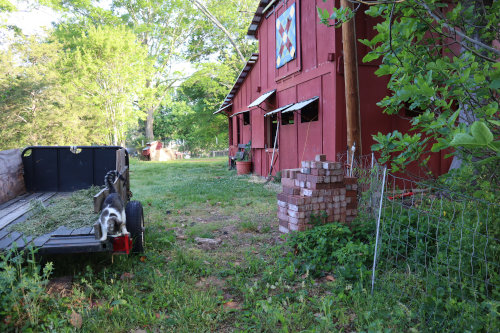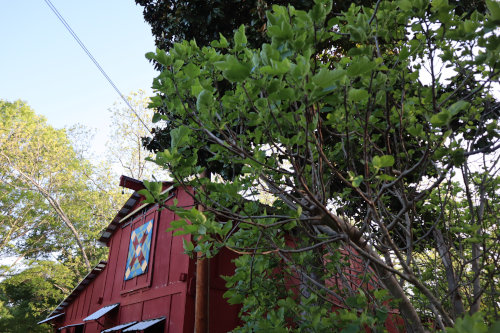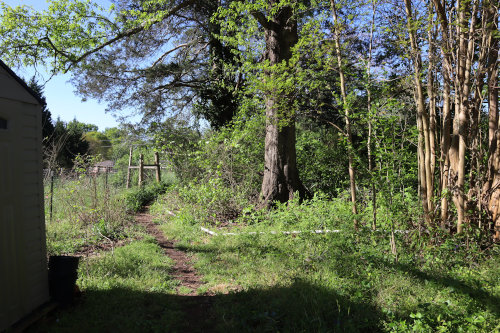This post is part of a series entitled A Year With My Camera.
Lesson 4.2 in my own words
- Looking versus seeing
- Sometimes, when we're simply looking around, we see things colored by our expectations.
- Our brains sometimes ignore details
- Or don't see objects in their actual perspective
- Or an emotional response colors our perception
- The camera, on the other hand, just records the light that hits its sensors.
- Disappointing photographs can happen when we don't see the scene as it really is.
- The key is to actively see what's in front of you, not passively glance around
This week's project
The following exercises are designed to help actually see what you're
looking at. Choose at least one:
- Finding photo opportunities
- Just start taking photos. Don't worry about settings or exposure, light or composition.
- Focus on one small area in front of you.
- Take any photograph.
- Now move a bit and take another.
- Continue until you have 20 shots.
- You should find that the act of starting to take photos will spark new ideas.
- Focus on the frame
- Limit yourself to just 24 shots.
- Don't use your LCD preview screen
- Pay attention to every detail in the frame before pressing the shutter
- Leave them a couple of days before looking at them
- This is how film photographers learned to make the most of every shot.
I chose the first exercise, "finding photo opportunities."
What I learned
This assignment was challenging to me because I'm not usually in a creative-only photography mode. I usually want a photo of something specific for documentation. My motive for taking the course was to simply make them better! That being said, I like being challenged, and so appreciated this exercise. I think this technique would be especially useful when out and about with lots of people and activity. Snapping shot after shot like this could result in some interesting images.
















































